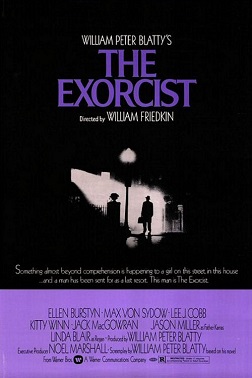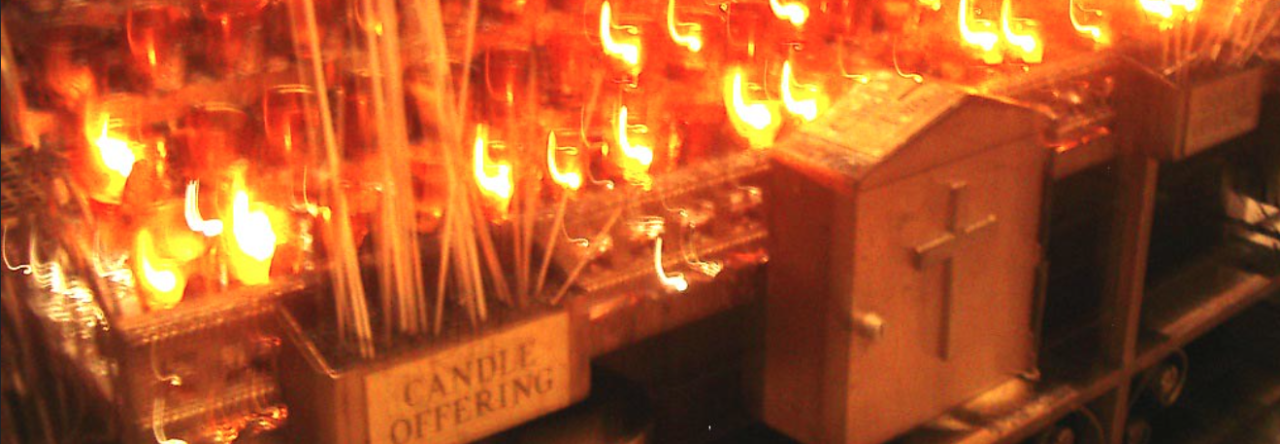LITERATURE REVIEW
The Satanic Panic
The Satanic Panic, as previously mentioned, was a series of not always connected events in the 1980s. The conversation about evil coming into the home by way of child corruption was not the only fear. Movies and games growing popular in the 1970s brought people’s deepest religious fears into the entertainment industry. This was compacted by the introduction of VCRs and other devices that allowed people to bring films- and their contents- into their home (Beard 2015; Laycock 2015). The feeling of invasion created by this may have been greater due to the rise of the Televangelist movement, in which preachers like Jim Bakker and Clint Brown brought Sunday church to people’s living rooms, something that would continue into modernity with preachers like Joel Olsteen (Bowler and Wen 2014). The concept of the home as a holy place was not a new one, but the increase of televisions in the home did minimize the separation of holy places from living spaces.
The creation of the Second Vatican Council, more commonly called simply Vatican II, created a small moral panic within Catholic circles. One of the biggest changes of this council, which was created to bring progress to the Church, was the vernacular liturgy, meaning that mass could now take place in any language opposed to only Latin. This was meant to bring people closer to the message and to decrease alienation from the Church, but some Catholics felt that this would bring danger, as it opened the once secluded, sacred parts of the religion to the common person (Avella 2019; Walsh 2019).
Religion and Cinema
The relationship between religion and cinema is a long one– from the time that movies became a powerful way of spreading messages, it was only natural for people to find a way to integrate faith into the medium (Hjarvard 2008). The sexual revolution is one moral panic – that of people too freely having sex with those other than an opposite sex marital partner – has been expressed arguably the most in horror than other genres of film. One study found that characters who engage in sex acts or who appear nude on screen are more likely than their counterparts to be killed by the end of the movie, implying punishment for their acts of sexuality (Ménard et al. 2019). Though many world religions have a relationship to the media, this project will focus mainly on Catholic and Protestant Christianity, as these are the two most dominant religious practices in America (Peare and Gilliand 2020:7). Though the conversation about religion in the horror tradition is not uncommon among fans, it is seldom studied in the world of academia. When this connection is studied, it is more often a deep dive into one movie or one pattern, rather than a more holistic look at the phenomena at large (Cowan 2018; Lindsey 1991:33-44).

Representation of Christianity in horror films is not always negative, though it does not typically promote religion as uncorrupted. Often, representations of Christianity and especially Catholicism in horror films are depicted as miraculous. Evil, almost always in the form of non-Biblically accurate representations of demons, is vanquished by the church. Seen in iconic movies like The Exorcist, a priest comes in and saves the day by performing certain rites, with (superhuman-like abilities) (Sutherland 2013:306-307). To continue with the example of The Exorcist, it was common to see advertisements showing that the church was angered by the movie, increasing shock value and morbid interest. This was not the case, necessarily. Representatives of the Catholic Church in some cases saw this film as a positive advertisement of the strength of religion, sometimes hoping that these films would bring people to the church seeking its power (Chambers 2021). Recently, though, this sentiment has shifted. In the most recent convening of The International Association of Exorcists, a Vatican-recognized organization, a negative press release was published in response to a recent movie titled The Pope’s Exorcist, as this films was less mystical as those of the past and rather was based on true events of a former Catholic exorcist of the Diocese of Rome (Jones 2023).

Theoretical Framework
The myths of Satanic sexual abuse spread so aggressively in part because of their connection to children, one of the few vulnerable populations for which Americans have consistent empathy, but also because it took something sacred to many people and convinced them that a mockery was being made of it. This feels almost ironic when considering, as was written in one analysis of the Satanic Panic, claims of ritual abuse at the hands of Satanists were never substantiated, but ritual abuse did begin as a result of the Satanic Panic in the form of exorcisms and other violent faith practices that began to combat the fears of the Satanic Panic (Frankfurter 2001). This same article makes mention of the first theoretical framework I have utilized in this project, Durkheim’s theory of collective effervescence. This theory states that rituals once considered sacred become profane when used in certain contexts, as could be argued in the case of using sacred rituals in cinema.
The idea of religion as a sacred being within media extends beyond films. As written by Paganini, the idea of filter bubbles extends into how content surrounding faith is created. She argues that within the context of online posting, it is common to see religious messages against neutral backgrounds, as to not let the sacred practices or ideals be conflated in the viewers mind with their preconceptions about people who may have instead been in the imagery. This work is done with the theoretical assumption that our perceptions of certain religions are formed largely in part to those we see in the media practicing said religion (Paganini 2022).
Finally, I seek to consider the concept of religion in film overall outside of the horror canon, as is done by Monahan et al. in the book Cinematic Sociology: Social Life in Film (2009). In the book, Melford Spiro’s definition of religion as “culturally patterned interaction with culturally patterned superhuman beings” is provided (Spiro cited in Monahan et al. 2013:306). This theory of religion as a cast of those above humans will be interesting to utilize in this project, as the implications of this positively or negatively will likely change over time.
